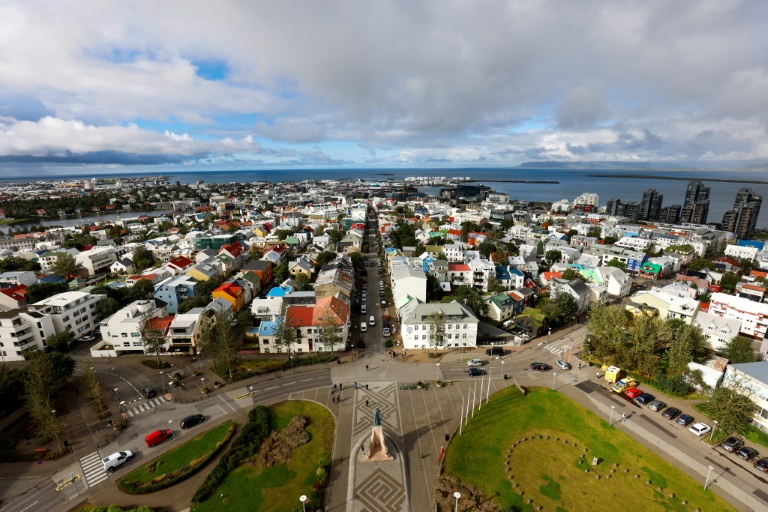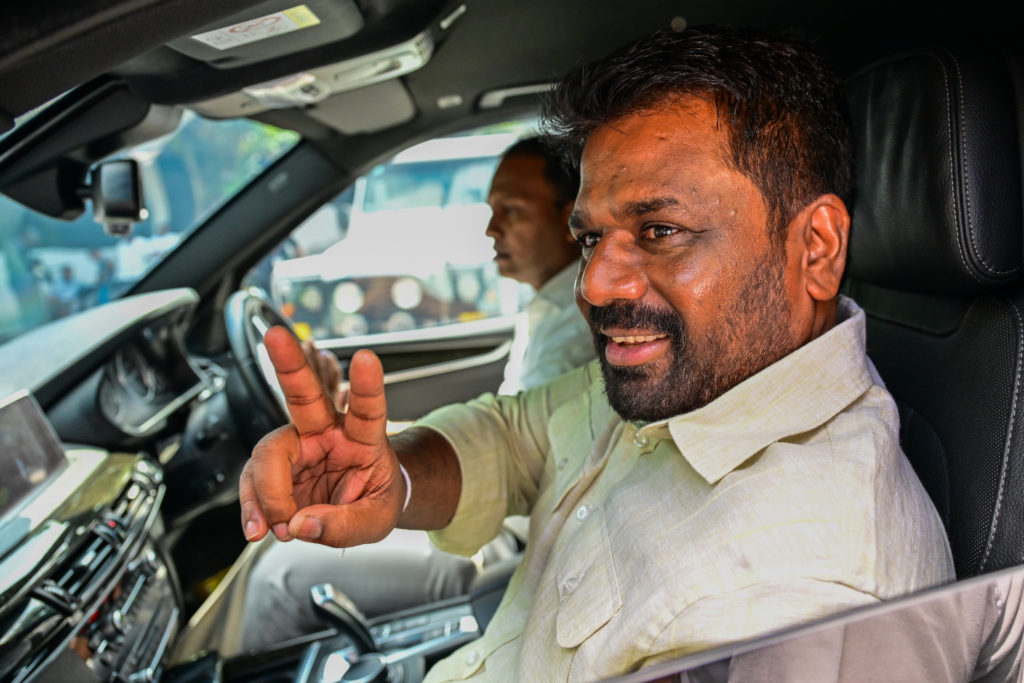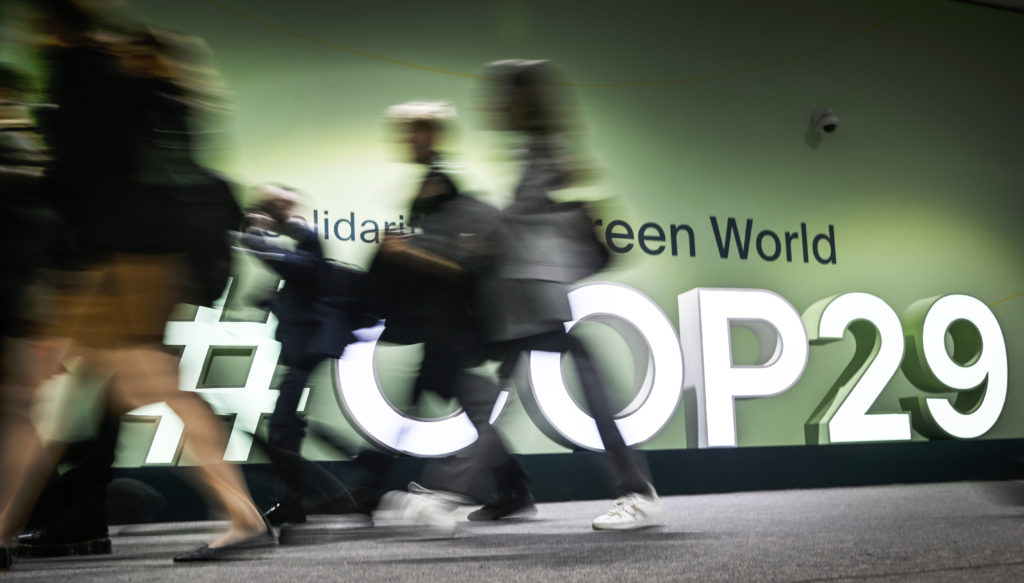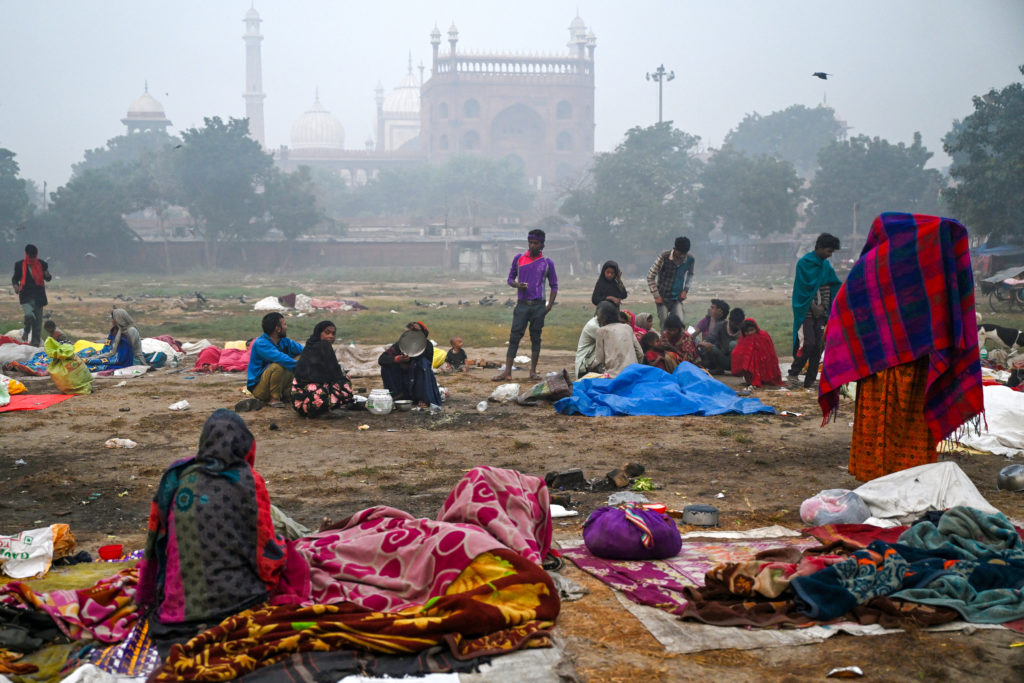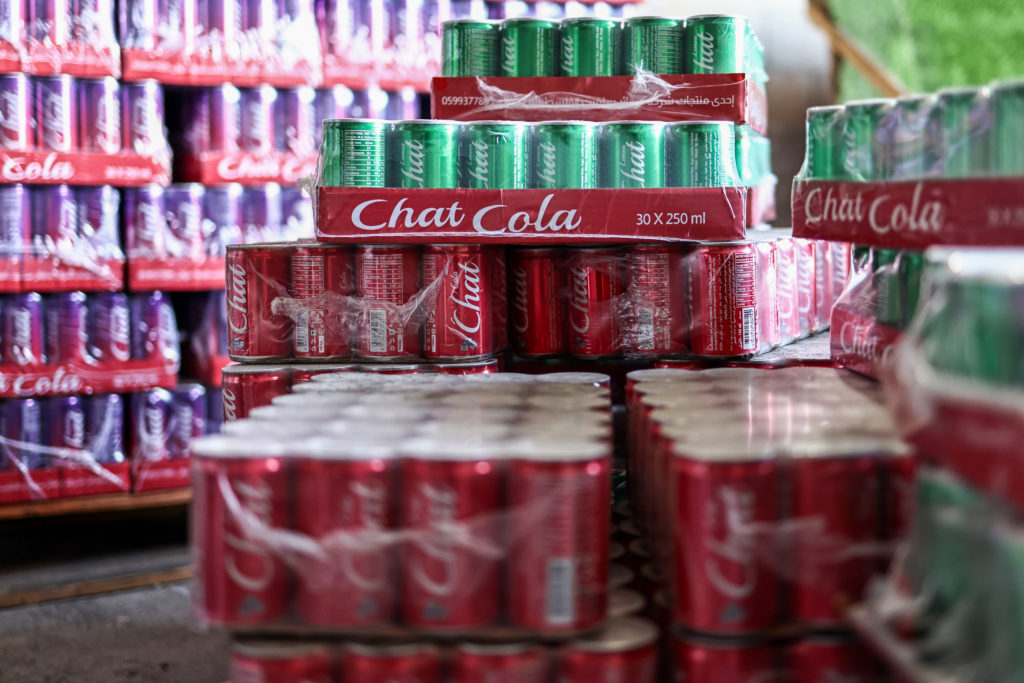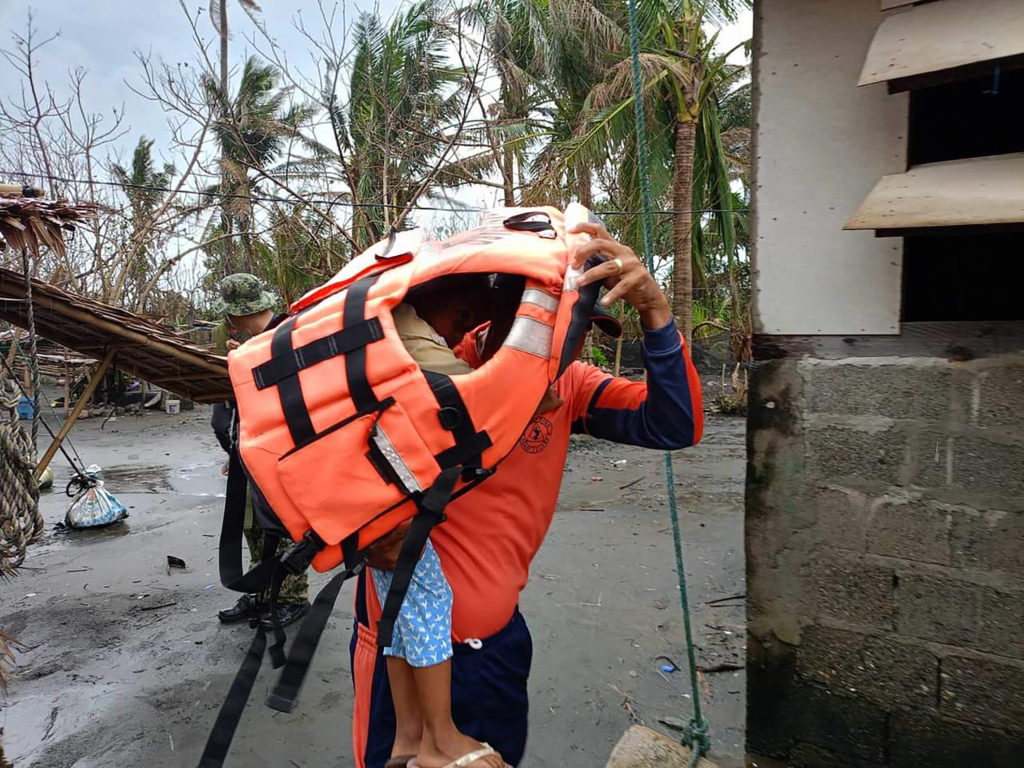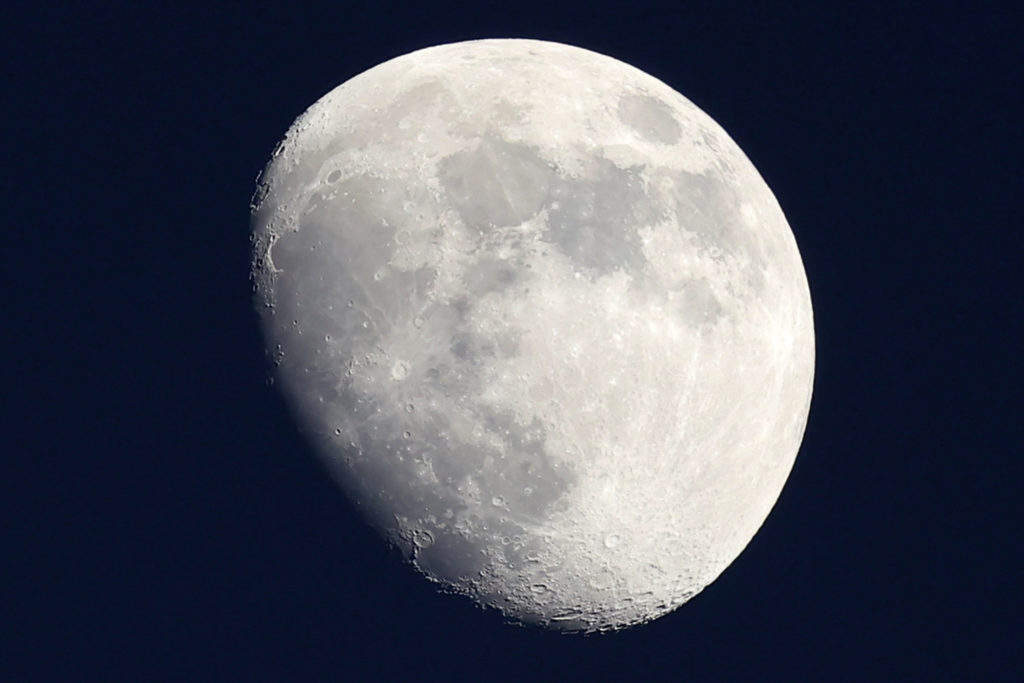Iceland holds legislative elections on Saturday after four years of an unprecedented left-right coalition that has managed to put a lid on a volatile decade of crises and scandals.
But with so many political parties vying for power and no one clear coalition option emerging, analysts say it is hard to predict the shape of the next government.
Prime Minister Katrin Jakobsdottir, whose Left-Green Movement had never before been in government, is seeking a second mandate in a political landscape more splintered than ever.
Opinion polls point to a record nine parties expected to win seats in the Althing, Iceland’s almost 1,100-year-old parliament.
That makes it particularly difficult to predict which parties could end up forming a coalition together after the vote.
With 33 of 63 seats, the outgoing coalition is an unholy mix of the conservative Independence Party, the centre-right Progressive Party and the Left-Green Movement.
This is only the second time since 2008 that a government has made it to the end of its four-year mandate on the sprawling island of 370,000 people.
Deep public distrust of politicians amid repeated scandals sent Icelanders to the polls five times from 2007 to 2017.
“This government was not founded on the premise of undertaking societal changes, but much rather for the purpose of co-habitation politics in a country that had been in upheaval for a long time,” noted Eirikur Bergmann, a political science professor at Bifrost University.
– ‘No clear alternative’ –
Opinion polls suggest the current coalition will likely fail to win re-election.
Jakobsdottir, 45, is however broadly popular, having won over Icelanders with her integrity, sincerity and consensual management style.
She has also been praised for her handling of the Covid-19 crisis, with Iceland recording only 33 deaths.
“I think this government has done a good job, and I think it has really shown what is possible in politics,” she told AFP in an interview this week.
But her coalition has at times struggled with internal divisions and the head of the Independence Party, Bjarni Benediktsson, has his eyes on the post of prime minister.
The Independence Party is credited with between 20 and 24 percent of votes in surveys, and is expected to remain the largest party.
A former prime minister, he comes from a family that has long held power on the right and is the current finance minister.
“I’m optimistic, I feel supported,” he told a campaign rally this week, insisting his party would continue to be “the backbone of the next government”.
But there are five other parties all hot on his heels, credited with 10 to 15 percent of votes.
They are the Left-Green Movement, the Progressive Party, the Social Democratic Alliance, the libertarian Pirate Party and the centre-right Reform Party.
“There is not a clear alternative to this government. If it falls and they can’t continue, then it’s just a free-for-all to create a new coalition,” political scientist Bergmann said.
– Big coalition ahead? –
A coalition made up of just two parties is largely ruled out and few three-party combinations seem conceivable.
The country may therefore be headed for its first four- or five-party coalition.
“That makes the coalition game very different from what it used to be,” said Olafur Hardarson, a political science professor of 40 years.
“We are not used to having four or five parties together in a coalition and a lot of people think that such coalitions will be very unstable.”
The pandemic has highlighted problems with the healthcare system. It has also hit Iceland’s economy — heavily dependent on the tourism sector and facing major debt.
Meanwhile, the climate and the environment, more consensual topics in Iceland, have been heavily debated.
Several parties have called for the volcanic island to make better use of its renewable energy sources.
The North Atlantic nation is already a leader in geothermal energy and has opened the world’s largest plant sucking carbon dioxide out of the air to turn it into rock.
First results are expected Saturday after voting ends at 10:00 p.m. (2200 GMT), but it will likely be the next day before the counting is completed and a clearer picture emerges.

